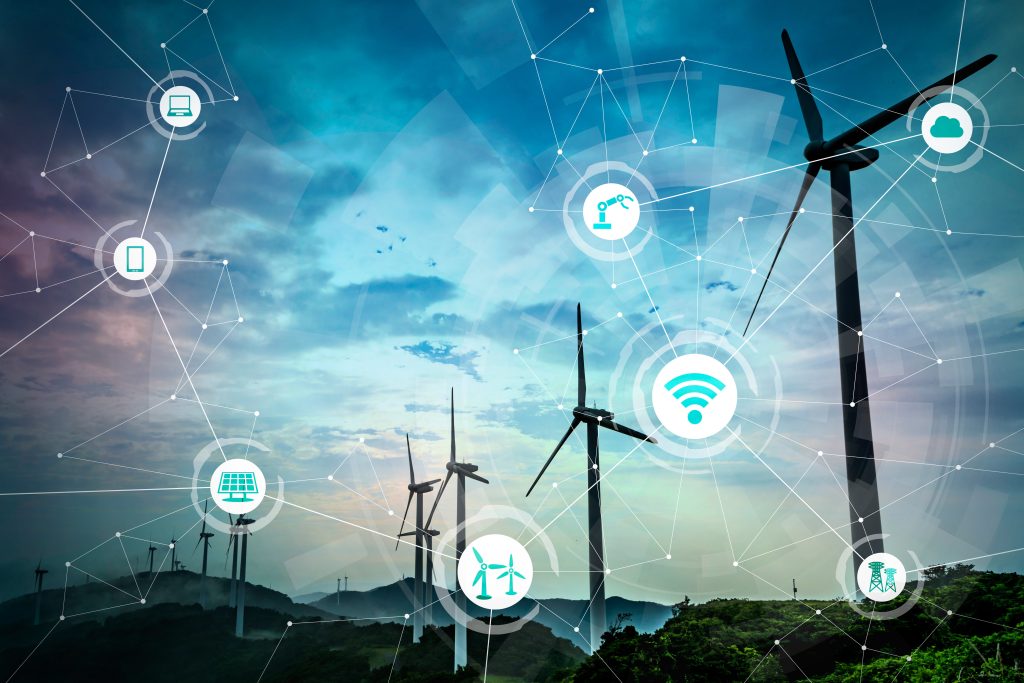In Autumn 2021 the Green Gas Support Scheme (GGSS) will be launched, supporting decarbonisation of the gas grid as the UK aims to reach net zero emissions by 2050. The GGSS will predominately focus on providing financial incentives for biomethane (green gas) injection in the grid and, in order to support this funding, the Green Gas Levy (GGL) will be launched alongside the GGSS, recovering the costs of the scheme from gas suppliers and subsequently end users. In this blog we explore the potential impacts of the GGL on consumer bills and how this may evolve under future development of the levy.
The GGL will apply to licenced fossil fuel gas suppliers to help pay for the costs of decarbonising the gas system. The first levy payment from gas suppliers is due to be collected in April 2022 and will remain in place for the duration of the GGSS tariff payments. Exemptions to the levy will be applied to gas suppliers who can evidence that they have serviced 95% to 100% of their gas portfolio with green gas for the entirety of a levy scheme year. However, with very few suppliers currently sourcing sufficient green gas to supply their entire portfolio, we expect GGL charges to fall on most consumer bills from 2022.
The GGL will launch initially with a per meter point design which will see costs distributed amongst gas suppliers according to the number of gas meters that they supply. However, the government has outlined that it intends to transition to a volumetric levy design as soon as possible, subject to feasibility issues being overcome. This is currently expected to take place in 2024-25.
Why a per meter point levy?
BEIS has favoured the use of a per meter point levy at the start of the scheme due to the administrative complexity of a volumetric levy. A per meter point basis allows charges to be implemented in time for 2022 to align with the launch of the GGSS. The approach is also seen as the most suitable short-term solution to avoid any particular group of bill-payers being unacceptably burdened with higher costs relative to their gas consumption. The temporary arrangements under a per meter point approach also allow for additional time to develop a deliverable volumetric approach.
While a volumetric approach provides more equality of charging between large and small consumers, it also exposes suppliers and consumers to the volatility of annual consumption in the gas market, presenting a substantial challenge in providing predictable costs for consumers. This translates into potential difficulty in ensuring levies collected meet the GGSS budget requirements without placing significant credit requirements, or headroom, on suppliers. BEIS also notes the longer time lags on the availability of accurate gas consumption data when compared to meter point data. BEIS is therefore intending to explore potential options for the design of a volumetric levy in further consultation before a decision is made on the method to take forward in later years of the scheme.
What is the impact on consumer bills?
Due to the initial per meter point design of the scheme, the annual costs for all users will be the same. However, on a p/kWh basis, domestic users are initially expected to face higher costs than users with higher consumption profiles. In the latest impact assessment on the GGSS and GGL, published 1 September 2021, BEIS estimates an initial cost of £1.40 per meter in 2022-23 (which will include backdated payments covering early scheme costs from 2021-22). This will subsequently rise over the initial years as the first biomethane plants on the scheme ramp-up production and new biomethane plant begin deploying. Costs are expected to rise to an estimated peak in 2028, with spend then plateauing before declining as tariff payment periods for supported plants end. All plant will have stopped receiving payments by 2040-41, at which point the GGL will finish.
In the wider context, the costs to consumers resulting from the GGL are expected to be a much smaller component than many other non-commodity costs included in end user bills, such as network charges and support for the Energy Company Obligation and Warm Homes Discount schemes or Climate Change Levy. GGL charges are therefore not presently expected to drive a notable rise in bills when compared to wider charging reform over the next few years.
The transition to a volumetric approach
Despite the reasonably clear outlook for charges under a per meter point design, the relative impact on consumer bills could change significantly following a switch to a volumetric levy, which BEIS views as a fairer way to collect costs as charges would be more closely aligned to gas consumption. The switch to volumetric charging is currently indicated for 2024-25, although this is subject to complexities in this charging process being overcome. Following this transition, p/kWh charges are likely to be the same across all user types with the total £ per year costs increasing for users that contribute to a greater share of gas consumption.
Details outlining how this volumetric approach may be applied are expected to be outlined following further consultation. However, initial comments by BEIS have indicated that consideration of specific impacts on Energy Intensive Industries (EIIs) will need to be included as part of the policy design. For EII’s, gas costs make up a notable portion of production costs, and so the additional costs of a volumetric levy could have a notable impact on their operation. This could be addressed in the GGL in a similar manner to present EII electricity exemptions or as an equivalent to Climate Change Agreement holders for the Climate Change Levy, which receive a lower levy rate in exchange for agreeing to install energy efficient machinery and processes.
What to expect next
The government intends to formally announce the first two levy rates approximately six months before the first levy collection that will span from scheme launch in Autumn 2021 to 31 March 2023. The first levy payment will then be collected in April 2022, with quarterly levy payment made thereafter.
Cornwall Insight provides a 5-year view of GGL costs within its Third Party Charges Cost Forecast. For more information regarding the GGL and non-commodity costs, please contact Laura Woolsey l.woolsey@cornwall-insight.com
You may also be interested in…

Blog | Rocketing energy prices and failing suppliers—what is happening?

Service | Third-party charges forecast

